Inner and Outer Journey of Self Acceptance and Confidence
Most people have the desire to feel self-confident, and some recognise the need for self-acceptance. So which one is it that we need to develop first?
I have decided to have a closer look.
It is believed that confident action comes before the feeling of confidence. Self-confidence drives fearless action and results in positive emotions, which in turn provide more self-confidence.
‘Confidence’ comes from the Latin word fidere - to trust. A self-confident person trusts in their ability to undertake challenging tasks or handle difficult situations despite fear or discomfort.
Self-esteem and self-confidence often used interchangeably, don’t always mean the same thing. A confident person can ‘act’ courageously, but internally they may struggle with feeling unworthy.
A person with a healthy self-esteem on the other hand, values themselves regardless of how they are perceived by others OR how they choose to show up in the world.
Self-esteem is then closely alined with self-acceptance, which drives plausible emotions about ourselves.
Self Confidence
Whist I agree that you first need to take action with confidence in order to reaffirm your capability to do it, I believe that that feeling you experience afterwards is not a permanent emotion of acceptance, which is ultimately what you are after.
Further, that feeling you get after accomplishing the challenging task is only relevant to that achievement and not always you as a person. For example, you may be a confident swimmer or a dancer or a public speaker, and not necessarily would you be confident with little children.
And finally, feeling confident after undertaking a challenging activity is a momentary sensation, which you yearn to experience over and over again. The positive feeling often passes, and especially if you deal with underlying emotions which in time overshadow the glorious moment. Some refer to this as having a tendency to think negatively rather than positively. I see it more as self-un-awareness, which impacts lack of self-acceptance.
Permanent sense of “good enough” can only be achieved from within, and not from the outside - external circumstances or people.
Self-Acceptance
Esteem derives from the Latin aestimare and means to appraise, to value, to rate. In order to self-value oneself you need to upgrade to that level and stop beating yourself up about imperfections, stop wishing to be different or act differently, stop wanting to be perfect…flawless…stop wishing to be always right.
Self-acceptance is a process in which you first develop higher levels of self-understanding.
Self-awareness includes knowing own values, needs, deep desires and drivers. It also includes recognising own weaknesses, negative thoughts, trigger points and belief system and learning to live with them – to accept them.
Having high self-awareness leads to self-acceptance. Relying on self-acceptance in decision making drives higher self-esteem and more confident actions.
Inner and Outer Journeys
Valuing oneself comes with awareness and acceptance of self and own actions, and that takes time, determination and patience. It is an inner journey. A self-accepting person will not always choose to demonstrate what they can do or what they stand for. Their sense of self comes from within rather than external factors.
Self accepting person with high self esteem can always be confident and experience both an internal and external feeling of appraisal of self worth.
A confident acting person without much self-awareness or self-acceptance tends to rely on momentary sensations for self comfort and acceptance.
The inner path of growth and acceptance of the whole-self leads to a more congruent, however sometimes less popular, actions.
The outer path is reliant on the external appraisals: circumstances, opportunities and people to show up and do the right thing...by them.
